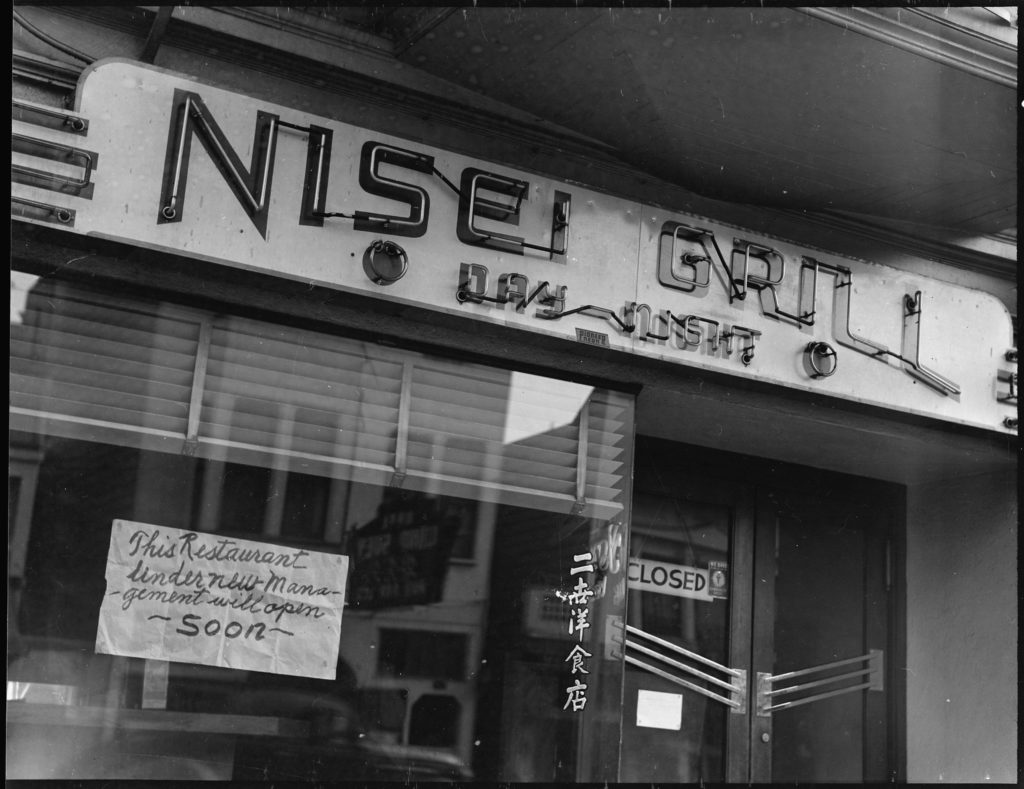Can you choose your religion?
If you could, these two books would be a good start.
God is Not One is a survey of eight world religions, their beliefs, practices, and varieties.
Every religion asks different questions and finds divergent answers.
For some, belief is not important, even if orthodoxy is primary in yours.
Aspects of these religions might resonate, but each of them are distinct endeavors with varied goals and methods.
How to Live a Good Life is a collection of essays by practitioners.
The essays proselytize a little, but given the collection’s liberal bent these are a soft sells.
The book offers a multitude of voices, but leave you to complete the comparison.
The two pair well.
A survey coupled with individual perspectives from the inside.
䷶䷾
But I’m not sure you can choose your religion.
Maybe you can modulate your level of devotion, but can you choose its object?
“Give me a child till he is seven and I will show you the man.”
After listening to these books, I’ve realized my roots are in Christianity, Confucianism, and Taoism.
My parents are Christian, but our heritage is Chinese.
They might have converted, but they couldn’t escape their milieu.
Me too.
I don’t believe in the literal claims of the Bible, but I spent my first twenty years in the good book.
The prophets and the apostles molded my worldview.
I came across Lao Tzu in my thirties, and only recently read Confucius.
I didn’t expect to appreciate the stuffy Confucius or wacky Taoists.
But unlike other philosophies (such as Epicurus) their writings just fit, like finding the perfect pair of sneakers.
I see unwritten aspects of my upbringing with these dusty tomes.
What next?
Drill deeper.
Maybe I’ll find a way to read the Bible that elides its cosmology.
Or study moral order for this fragmented age.
Shall I meditate around philosophical conundrums?
Or maybe it will be something else altogether.
Unplanned and predetermined.
